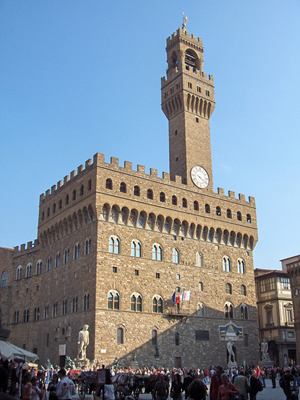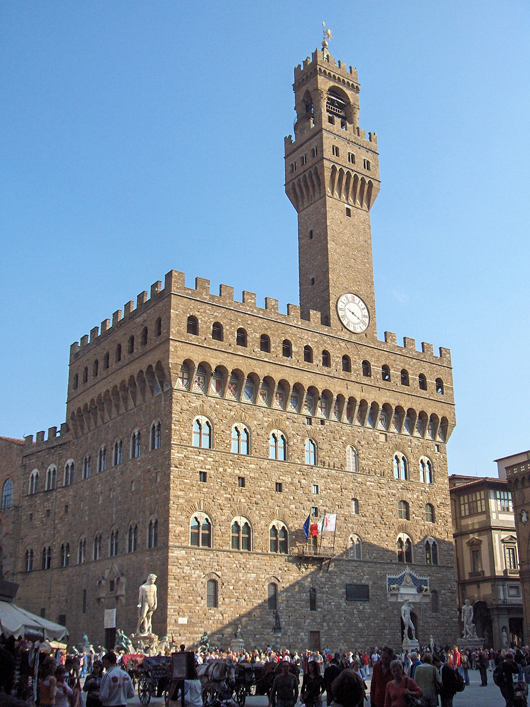
ROME (AFP) – Italian police on Wednesday raided Florence’s most famous palace over allegations that the search for a long-lost Leonardo da Vinci masterpiece is damaging a fresco believed to have been painted over it.
“Police have visited the scene and have closely examined the fresco, as well as speaking to restorers,” Marco Agnoletti, a spokesman from Florence’s city council, which is based in the same building, the Palazzo Vecchio, told AFP.
The last reference to Da Vinci’s unfinished Battle of Anghiari was in the 16th century—but Florence’s top art authority believes it is hidden behind a fresco by Giorgio Vasari and launched a controversial project to find it.
Da Vinci began the work in 1505 and Vasari painted his fresco in 1563.
San Diego University art historian Maurizio Seracini, who was featured in Dan Brown’s bestseller The Da Vinci Code, is leading the project.
National Geographic, which has reportedly paid $250,000 for exclusivity on any findings from the research, is also taking part.
Reseachers bored holes into the Vasari work in the hope that tiny cameras would confirm San Diego art historian Maurizio Seracini’s theory that the Renaissance artist’s bloodthirsty depiction of warfare is hidden underneath.
The technology used in the project was developed by a senior U.S. nuclear physisist, Robert Smither, who came up with a special camera to generate high-resolution images of a cancer’s location in the human body.
Seracini is convinced that Vasari covered Da Vinci’s work with a wall before painting on top—and even left a clue on his own work with an inscription that reads “Cerca Trova” (“Seek and You Shall Find”).
The police investigation was launched after 400 international art world scholars signed a petition complaining that the search was nothing more than a “Dan-Brown style” publicity stunt which risked damaging Vasari’s fresco.
“It’s up to the police now to see whether the project workers have vandalised Vasari’s fresco in their rush to discover the Da Vinci,” said Maria Grazia Vernuccio, from the national heritage association Italia Nostra.
She said the Italian culture ministry had stepped in on Monday to halt the project as fears spread that the researchers would not stop at boring holes but “suggested they may tear bits of the fresco away as well.”
Tomaso Montanari, history professor at the University of Naples, said there was “no way Vasari would have painted over Da Vinci’s work. He held him in great esteem, and removed works from walls rather than paint over them.”
“This whole thing is more like the search for the Holy Grail than real history. We don’t even know if the written clue is from the right period, it’s a publicity plot,” he said.
Montanari helped circulate the petition asking Florence’s mayor, Matteo Renzi—who has championed the project—to stop the drilling.
“Renzi realised that Leonardo is a superstar, any work by him becomes an immediate blockbuster. But even if the painting really was there, it would be in ruins. Do you destroy a Vasari to get to the dregs of a Leonardo?” he said.
ADDITIONAL IMAGE OF NOTE


